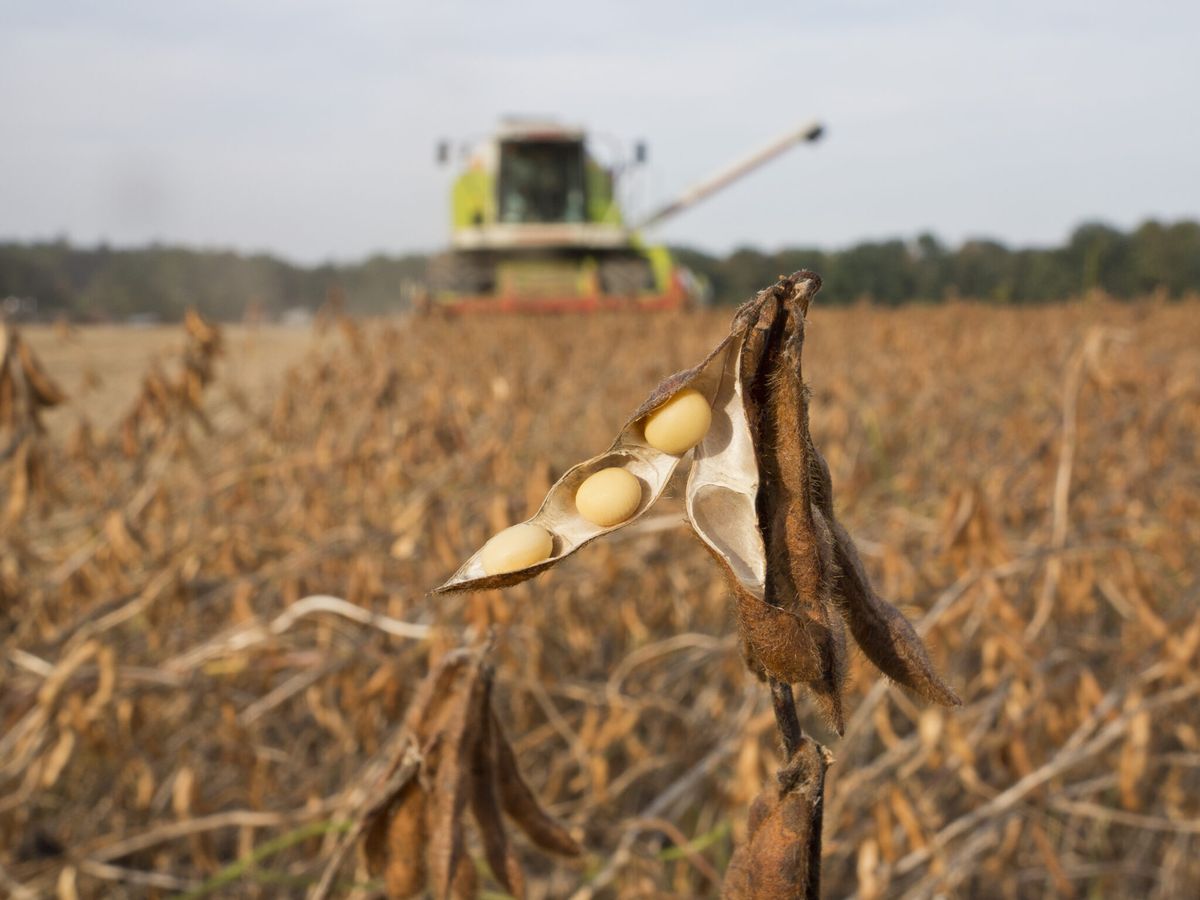Malting barley market: S&D, price trends, premiums and margin
18 September, 2024 at 16:09
As grain production in Ukraine declines, attention is increasingly focused on niche crops of higher farmers’ margins. UkrAgroConsult made in interview with Igor Mikhalov, Barley supply & development manager at AB InBev Efes Ukraine, about the prospects for one of these products.
- What is the expected production of malting barley? How has the weather affected barley quality and supply?
From 2022, barley areas in Ukraine decreased due to the occupation of part of the territory of Ukraine. In turn, the demand for barley, especially malting barley, decreased due to the closure of breweries and malt production in some regions of eastern Ukraine.
In 2024, a total of 5.48 M mt of spring and winter barley were harvested from 1.42 M ha. Farmers of the more arid southern regions of Ukraine prefer winter varieties, while in the northern, central, and western regions, where there is more precipitation, they grow spring barley.
In general, 97% of spring malting barley in Ukraine is used for brewing and malting, spring brewing varieties are of better brewing quality than winter varieties, this was tested by breweries and maltsters. Productoin of brewing barley, farmers use brewing seed varieties and the right agricultural technology. Good weather also plays a major role in barley quality – the climate affects protein and grain size. That is why the largest regions and malting barley production are located in western Ukraine (Ternopil and Khmelnytsky regions), central Ukraine (Vinnytsia, Kyiv and northern Cherkasy and northern Chernihiv regions) and eastern Ukraine (Sumy region), where the most favorable agroclimatic conditions are found.
The location of the largest malting barley plants in Ukraine – also plays an important role in the area/production distribution by region. These are the Sufflé malting plant in the Khmelnytsky region, Obolon in the Ternopil region, and Malturope in Chernihiv.
After the war outbreak, Malturope stopped the largest malting plant in Kharkiv, which could process up to 130 K mt of barley per year. Farmers in this region were focused on selling their malting barley to malting plants, and now it is not profitable for them to grow it because their products will not be competitive in other regions due to logistics. In addition, Kharkiv is becoming a riskier region to grow because of the June drought, resulting in low quality malting barley.
- How do you assess the profitability of barley production this year?
The arid southern regions of Ukraine are risky and unfavorable for growing malting barley, the logistics costs to the largest malting barley plants also are high. Farmers there focus on growing winter feed barley. In 2024, due to the drought, barley yields decresed to 3-3.5 t/ha in these regions, with lower margin as average production costs were UAH 20-25 K/ha (EUR 440-570). However, those farmers who are ready to store barley without a need of immediate financing are in expection the price to rise.
Western, north-central and northern regions, in turn, with more friendly weather for barley cultivation, received good enough yields and quality of malting barley. In general, these regions’ average yields vary from 4.5 to 6.5 Mt/ha (sometimes even more) providing higher margins.
- What is happening with demand? Are buyers willing to pay a premium? How has this premium changed compared to last season?
In 2024, 90-93% of malting barley is of very good size in all regions with low protein of 9-11.5%. Protein is even below 9% in considerable part of barley, which is not good for malting barley quality. General trend is that over 2022-2024, malting barley performance is very good compared to 2019-2021, although some problems with size, high protein and sometimes fusarium are indicated.
Historically, malting barley price is calculated as the price of feed barley plus a 15-20% premium for malting quality. But in recent years this formula has not worked.
Last year, feed barley price in Aug-Sept was UAH 4.5 K/mt EXW (roughly EUR 105) and malting barley price was UAH 6.5 K/mt DDP (EUR 144). This year, at feed barley price of UAH 7.0 K/mt EXW (EUR 153), brewers and maltsters offer an average price of UAH 7.3-7.8 K/mt DDP (EUR 160-170). Therefore, farmers sold even malting barley as feed barley in Aug-Sept. Farmers with opportunities to store malting barley without risking quality deterioration (energy and germination) most likely will store barley until spring and wait for prices to rise.
In general, brewers need up to 300 K mt of brewing barley per year to produce beer and malt. At the same time, the potential for barley production is much higher, but breweries will process the barley from farmers who are closest to malt houses.
- Will the barley be used mainly for domestic consumption or also exported?
It is possible to export malting barley to Europe, to the branches of Souffle Group and Malteurop and to other European malthouses, but it will depend on the quality of the malting barley harvest in Europe and on logistic costs, border blockades, etc.
It is possible to develop malting barley supplies to Asia, the Middle East and Africa, but after partners are found and supply chains developed to could safe quality during transportation and grade purity.
Ukraine also exports malt, the largest volumes to Georgia, Moldova, Romania, Turkey, and Poland. Supplies are very limited to Europe, but there is demand from the East and Africa, which needs to be developed.
The potential foreign markets for malt will increase malting barley supply and provide growing volumes for processing by malt plants, which are currently loaded for 50%-60% in Ukraine. This will result in additional premiums for farmers and additional revenues for the state budget.



